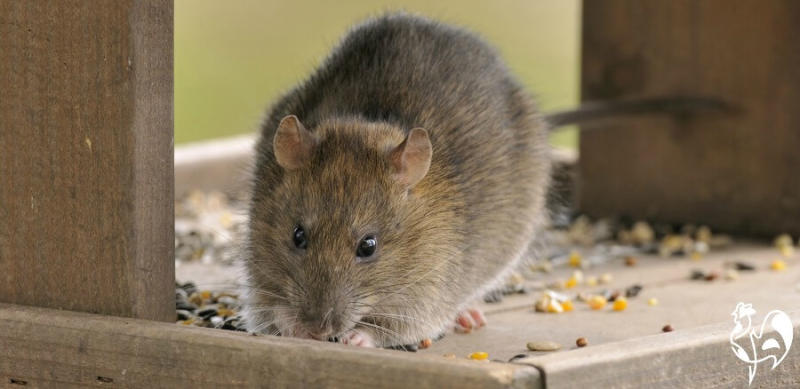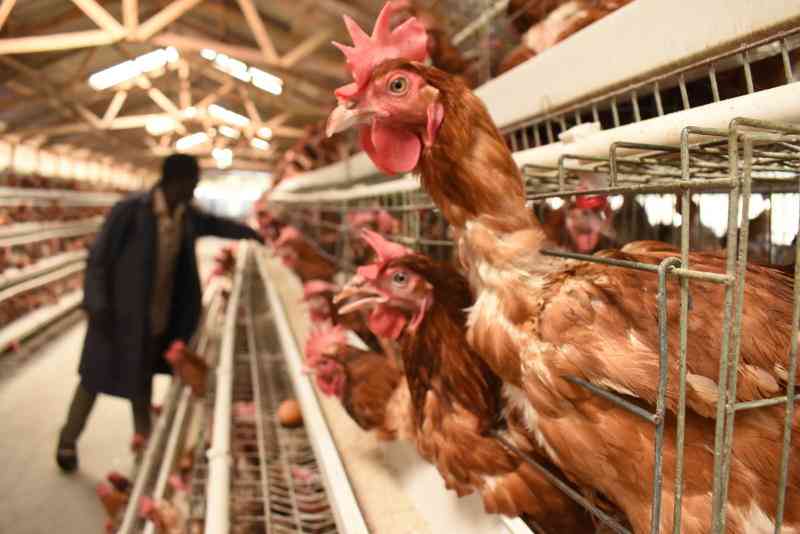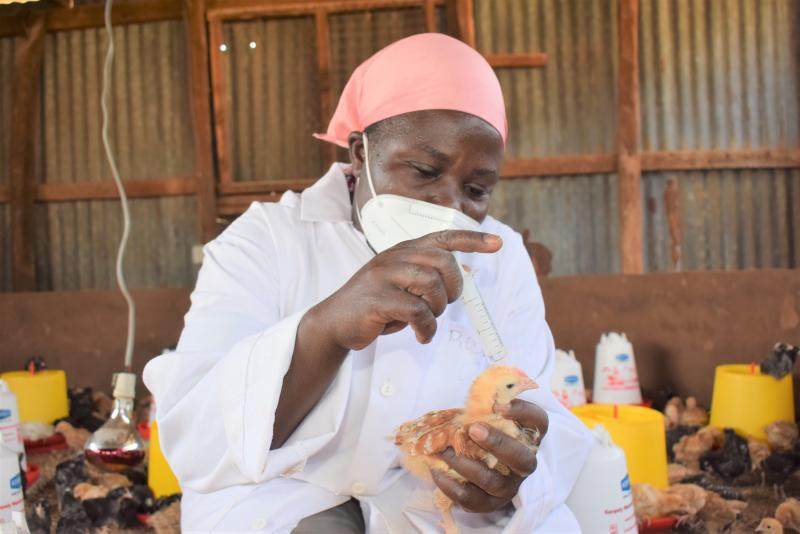
Do rats eat chicks?
This question was asked in our poultry discussion group and it elicited a lot of discussion. As I scrolled down my phone, I thought it was a straight forward inquiry that could be settled easily by a simple answer — YES, but no, I was yet to find out more. One member replied simply by saying his rats don’t eat chicks but eat feeds instead...
One gentleman was specific, he said rats start feeding on eyes on the head proceeding downwards, drag their victims to a dark place and celebrate their kill. This discussion went on and on. I decided to write an article on rats to help farmers deal with the ratmenace.
There are two types of rats — the roof and the Norway rat. The roof rat has a long tail and if bent can reach the tip of the nose while Norway rat has a shorter tail. As rats and mice transmit diseases such as Fowl Typhoid and Fowl cholera, they also kill chicks and can consume tons of chicken feed if not properly controlled.
Poor eye sight
Rats have a poor eye sight and therefore prefers performing their activities at night. They rely heavily on smell, touch, taste and hearing to locate their surroundings, food, mate and shelter.
They are colour blind and respond to degree of lightness and darkness in finding their way around. An average a rat will stay for six months but in an ideal situation they can survive for two years.
How rats cause menace in a poultry house
Rats have got a strong pair of incisors on lower and upper mandibles. These teeth are so strong that they can chew wood, plastic and metals. They can destroy piping in the flock units, feeders, nest boxes, besides eating chicken feed. Brown rats are known to exert a gnawing power of 500 kg/cm2 using their incisors. They are agile and excellent climbers.
Pest control using baits
Rats should not be allowed in any premises because, besides causing damage, they transmit diseases to human beings and poultry. These places include feed mill, poultry units, hatchery, households and granary stores. Baits should be placed in a baiting station, box or inside a 12-inch-long and 4-inch-wide waste pipe along the perimeter fences, along and on the outside of chicken houses. Baits should not be accessed by wild birds, dogs, cats, monkeys and therefore should be securely and safely positioned.
Types of baits
Wheat based bait: They are red and are to be used in areas where little food competition is available. Check presence weekly and top up if eaten.
Block based bait: These are compressed cereal blocks which are safe and secure to be used in areas where little food competition is available. Check once a week and replace if eaten.
Liquid bait: This is blue and is to be used in areas where food competition is present. You need a dispenser to safely secure the bait. Should be placed in a sheltered environment to avoid rain.
After doing an assessment of the environment and understanding when you can use traps, control can be gained without the use of poisons.
[Dr Watson Messo is the Head Vet at Kenchic [email protected]]
Want to get latest farming tips and videos?
Join Us
 The Standard Group Plc is a multi-media organization
with investments in media platforms spanning newspaper print operations,
television, radio broadcasting, digital and online services. The Standard Group
is recognized as a leading multi-media house in Kenya with a key influence in
matters of national and international interest.
The Standard Group Plc is a multi-media organization
with investments in media platforms spanning newspaper print operations,
television, radio broadcasting, digital and online services. The Standard Group
is recognized as a leading multi-media house in Kenya with a key influence in
matters of national and international interest.
 The Standard Group Plc is a multi-media organization
with investments in media platforms spanning newspaper print operations,
television, radio broadcasting, digital and online services. The Standard Group
is recognized as a leading multi-media house in Kenya with a key influence in
matters of national and international interest.
The Standard Group Plc is a multi-media organization
with investments in media platforms spanning newspaper print operations,
television, radio broadcasting, digital and online services. The Standard Group
is recognized as a leading multi-media house in Kenya with a key influence in
matters of national and international interest.







